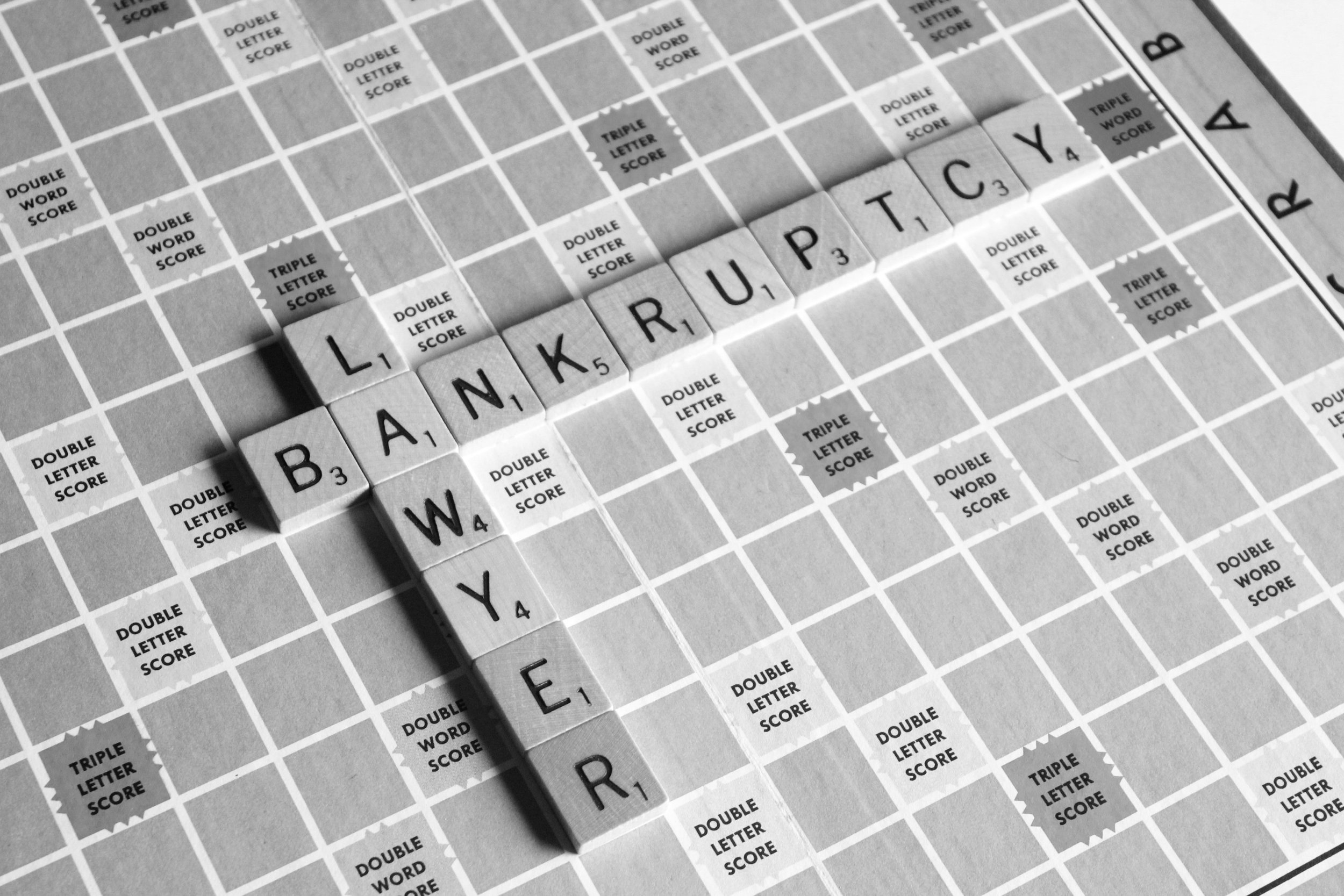Bankruptcy Lessons from the Silver Screen: A Cinematic Study
Bankruptcy Lessons from the Silver Screen: A Cinematic Study
by Nancy Fernandez
As the projector rolls and the lights dim, audiences are transported into the lives of characters, immersed in their triumphs, struggles, heartaches, and victories. One such struggle that has been portrayed compellingly in several films is financial hardship, even to the extent of bankruptcy. This raises an intriguing question: Can movies teach us about bankruptcy? The answer is yes, they can.
Let's first establish that movies, like any form of art, mirror life. They can be dramatic and exaggerated, but at their core, they embody human experiences and emotions, even ones as complex as financial ruin. Movies can depict bankruptcy from a variety of perspectives, each providing a unique lens into the consequences and implications of financial disaster. You can visit here to learn more about bankruptcy.
1. The Nexus Between Cinema and Reality
Movies have always been a conduit to mirror societal dynamics, encapsulating every aspect of human life - love, joy, sorrow, ambition, and struggle. Among these myriad themes, an intriguing one is bankruptcy. A question thus arises: can the celluloid serve as a classroom on bankruptcy? While they may not hold a candle to professional advice or academic courses, movies can indeed provide insights into this complex financial issue.
2. Hollywood's Glimpse into the Financial Abyss
Certain films have given us a profound look into the world of financial disasters. For instance, "The Big Short" (2015), with its exploration of the 2008 financial crisis, conveys the dire effects of unchecked financial recklessness and systemic flaws. Although the narrative is dramatized, it underscores the economic instability and individual bankruptcies that can result from these macro-level failings.
3. Portraying the Domino Effect: Unemployment and Bankruptcy
Another perspective on financial devastation is presented through the lens of job loss, a topic effectively illustrated in "Up in the Air" (2009). The film follows a corporate downsizer but draws attention to the financial strain faced by those affected by sudden unemployment. Though not explicitly about bankruptcy, it underscores the harsh reality that an abrupt end to income can lead to financial turbulence and, potentially, bankruptcy.
4. Lessons on Personal Finance Management
Movies can also offer lessons on personal finance management, highlighting the implications of fiscal irresponsibility. A case in point is the film “Riding in Cars with Boys” (2001), where the young protagonist grapples with mounting debts. While not strictly a bankruptcy narrative, the film imparts a clear message about the perilous trajectory of poor financial choices. For individuals facing similar struggles, consulting a chapter 7 attorney austin can provide guidance on managing overwhelming debt and exploring legal avenues for financial relief.
A Parting Note: Seeing Films with a Fresh Perspective
As we draw the curtains on our exploration of bankruptcy via the movie reel, it's worth noting that films aren't just mediums of entertainment. They serve as reflections of society, capturing our joys, trials, and occasionally, the financial bumps we hit along the way. While they may not serve as exhaustive guides on bankruptcy or replace the guidance of a financial advisor, they do offer an empathetic viewpoint, nudging audiences to delve deeper into the subject, and perhaps instigating a review of their own financial habits. So, the next time you're engrossed in a flick, remember that it could be more than just an immersive narrative. It might also be an insinuated lesson. Movies, through their compelling storytelling, can deliver nuanced and vital lessons about fiscal prudence and the stark realities of bankruptcy.

